![]() Apr 17 2022
Apr 17 2022
![]()
Since the disposable tableware was first used in my country in 1984, a foamed plastic tableware with polystyrene (eps) as the main raw material has quickly spread to every corner of our country, entering the daily life of passers-by and forming a huge consumer market. According to statistics, my country consumes about 10 billion fast food utensils every year, most of which are disposable foam plastic tableware, and the annual growth rate is 25%.
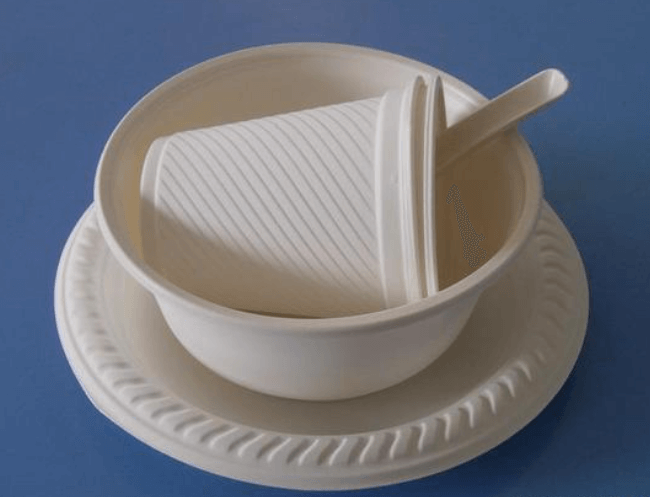
Due to the shortcomings of polystyrene, such as non-degradability and difficulty in recycling, it brings great inconvenience to the processing work.
After several years of hard work, my country's pulp molding disposable tableware production process, technology and equipment have developed rapidly. boxes, various sizes of bosoms, plates, plates, bowls); various food trays, vegetables, fruit trays, etc. used in supermarkets. In terms of performance, it can fully meet the Chinese dietary habits, and can hold hot soup, oil and water without leakage.
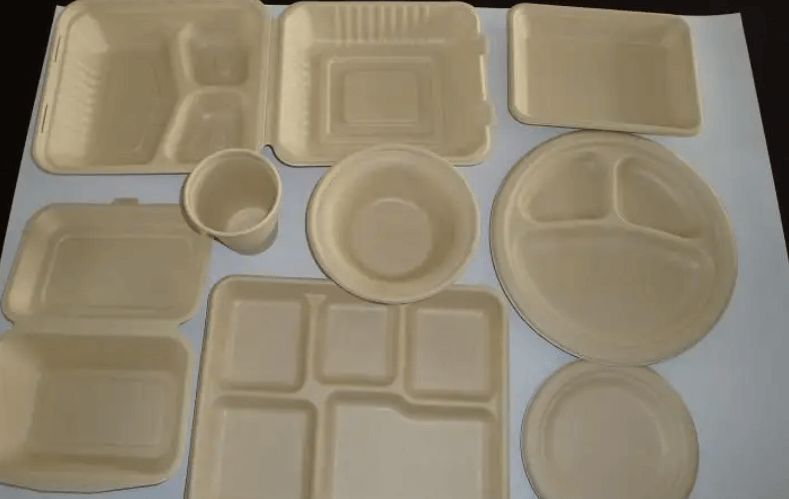
Since then, the pulp molding industry has grown and expanded rapidly in China with its environmental protection vitality. In the late 1990s, it began to move toward large-scale and industrialization. Currently, environmentally friendly containers from nature are molded from pulp!
1. Pulp molding fully degradable tableware
Using wheat straw, sugar cane, reed, straw and other annual herb fiber pulp through pulping, grouting (or suction, scooping), molding, shaping (or shaping), trimming, selection, disinfection, packaging, etc. The raw materials used are all recycled and renewable, and the physical pulping method does not produce black water and waste water.
Advantages of Pulp Molded Cutlery:
(1) The raw materials are waste paper pulp or renewable straw fibers such as wheat, reed, straw, bamboo, sugar cane, palm, etc., which have a wide range of sources and low prices, and do not use wood.
(2) No waste water is produced in the production process, and there is no external discharge. Eco-friendly containers from nature
(3) The product is waterproof and oil-proof
(4) It can be frozen, frozen, microwaved, and baked at 220 degrees during use
(5) The product can be fully degraded within 45-90 days in the natural state, and can be composted at home. After degradation, the main component is organic matter, which will not produce any garbage residue and pollution.
(6) As a packaging container, it has the characteristics of buffering, compression resistance and shock resistance, which can effectively protect the packaged products.
(7), packaging electronic products will not generate static electricity
2. Corn starch disposable tableware
The main components are carrier resin, corn starch, coupling agent, sizing agent, compatible solvent and other low-molecular components. Edible fast tableware with starch as raw material. It is made of starch plants as raw materials, adding dietary fiber and other edible auxiliaries through stirring and kneading. The inner waterproof layer, the glue mesh layer and the outer waterproof layer are composed of four parts.
Most of the cornstarch tableware circulating in the domestic market are partially degraded lunch boxes, which cannot reach the level of full degradation.
3. Cardboard tableware
The cardboard tableware is made of 300-350 grams of bleached sulfate wood pulp cardboard as raw material, and is made by die-cutting and bonding or die-cutting, pressing, and shaping through a stamping and forming process similar to sheet metal processing.
In order to prevent it from seeping oil or water, it is necessary to coat the surface with a film or apply chemical additives. In the process of production and use, it is non-toxic and has no side effects to the human body. However, the quality requirements for cardboard are higher, and the cost is also increased.
PRODUCT CATEGORIES
![]() You May Also Like
You May Also Like
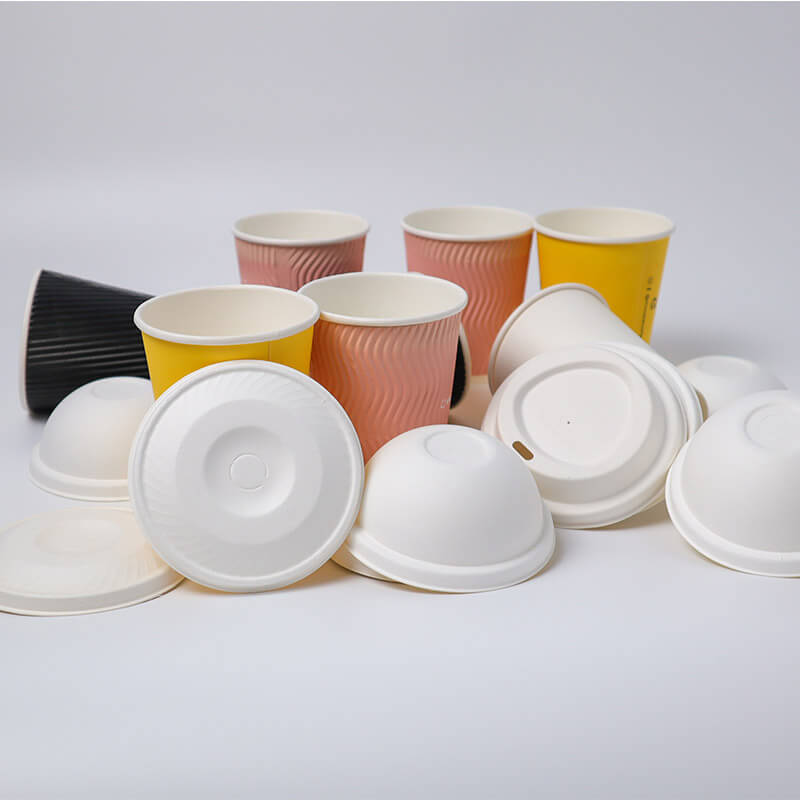
Custom Biodegradable Bagasse Pulp Cuplids, Coffee Paper Cup And Lids
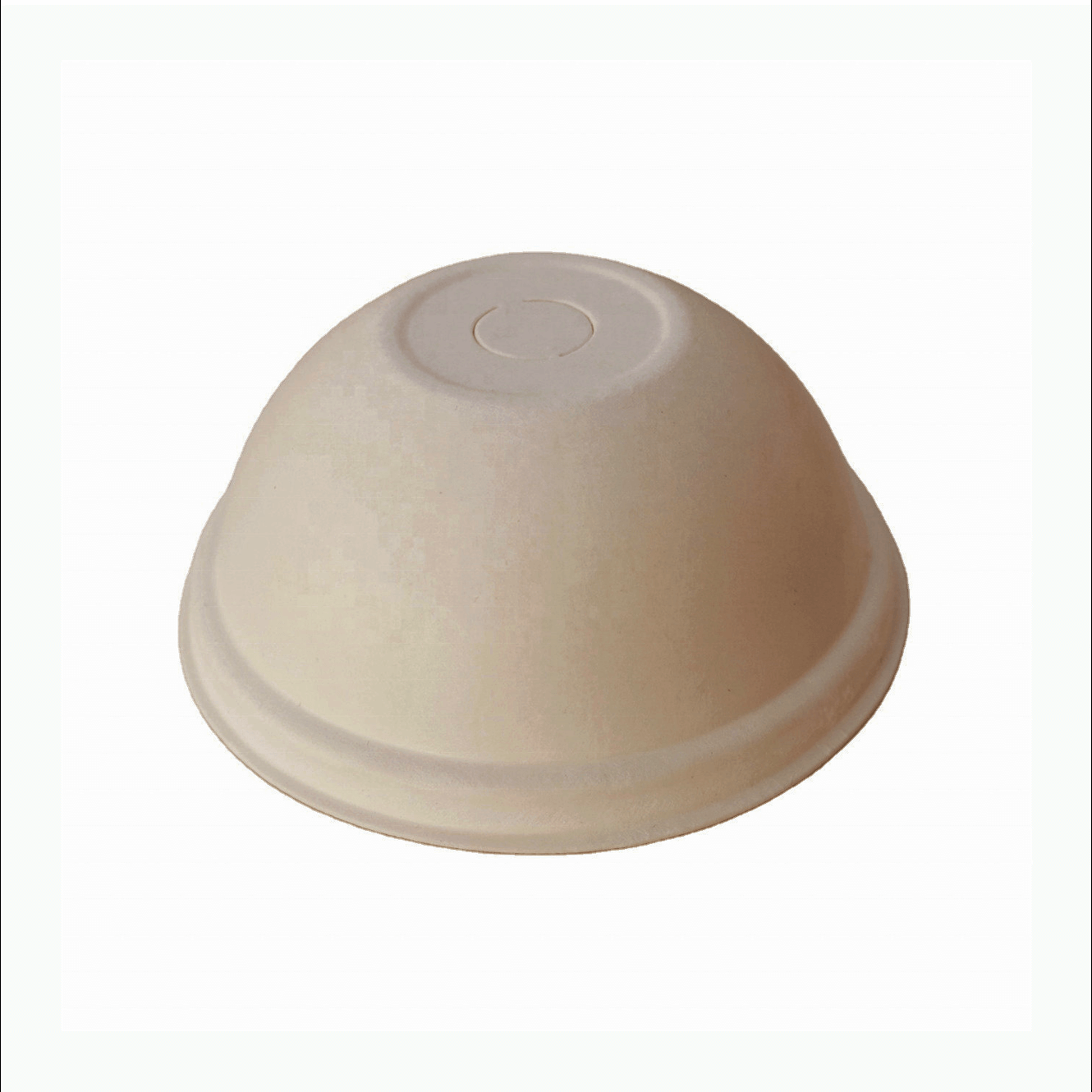
80mm Bagasse paper lid, dome shape, natural brown
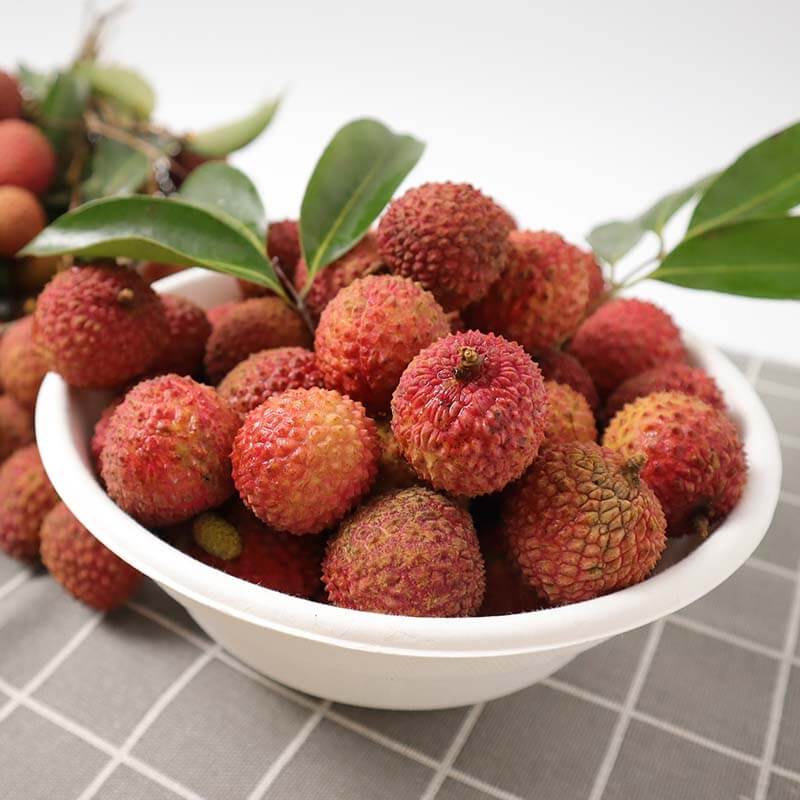
Wholesale Biodegradable Disposable Bagasse Salad Rice Fruit Bowl

7 x 5 inch Rectangle bagasse clamshell, white
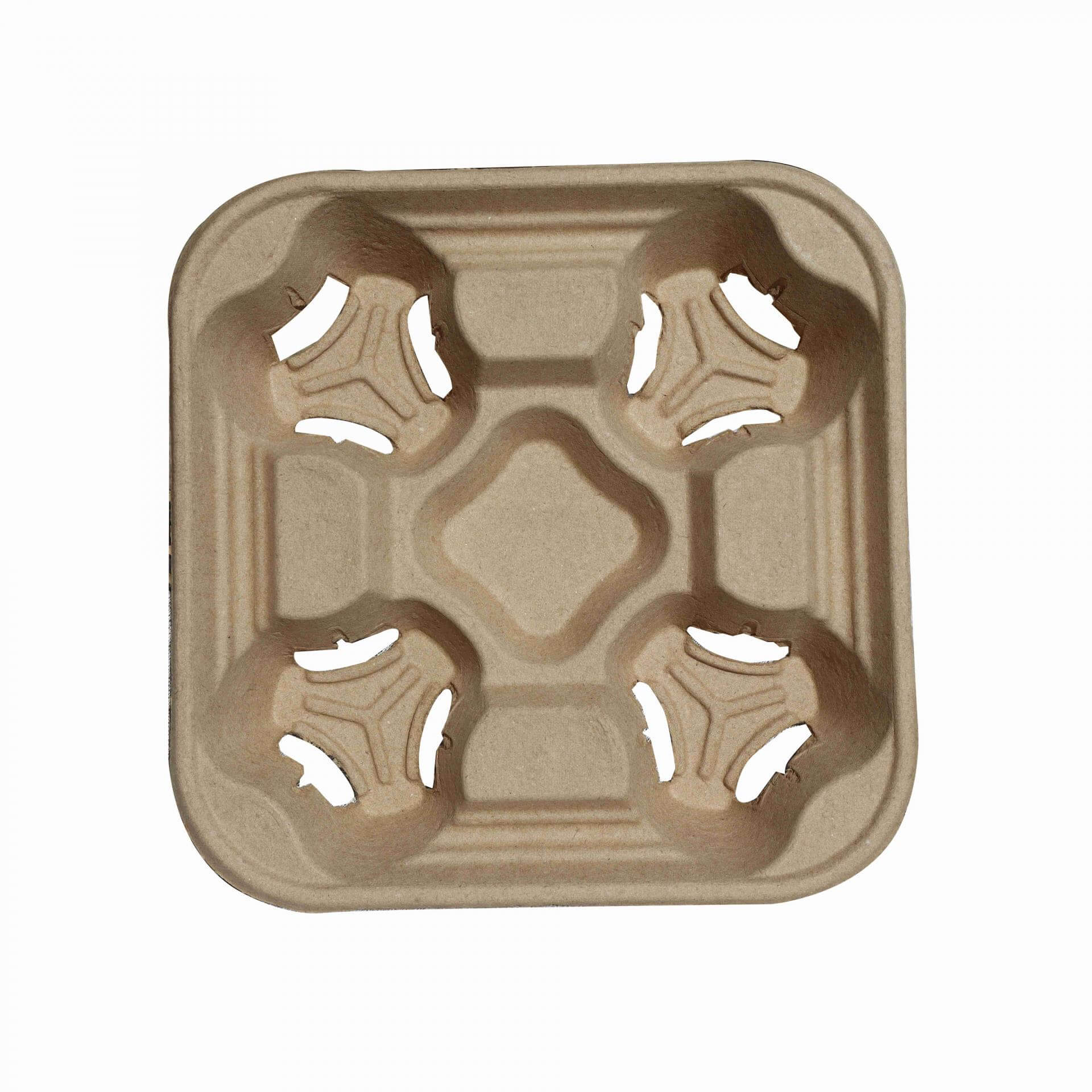
Corrugated pulp disposable 4 cup holder tray takeaway carrier

90mm natural brown sugarcane pulp sip lid, round design
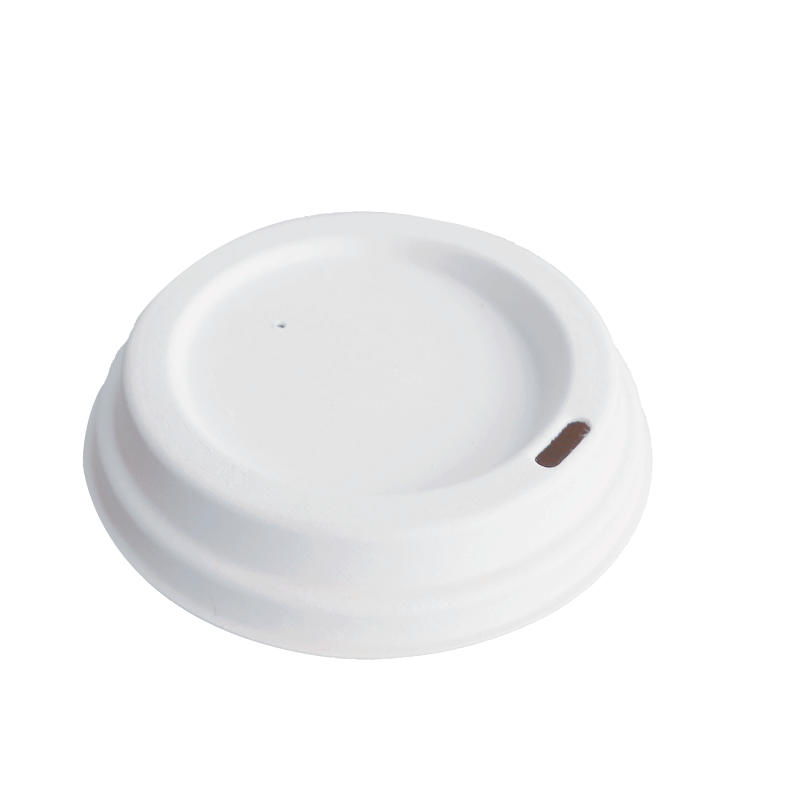
90mm White sugarcane pulp sip lid, round design
